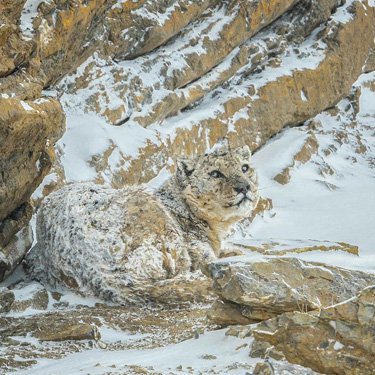They both look so happy!
Mont Blanc, circa 1901
Mont Blanc, Mountaineering, Photography
Vintage American Stereoscopic Company Studio Photo.
Richard Avedon, Marilyn Monroe, and the “Blonde Moment”
1950s, Auction Sales, Marilyn Monroe, Photography, Richard Avedon, The Blonde

Christie’s Sale 2877 | Photographs | New York | 29 September 2014
Lot 107
RICHARD AVEDON (1923-2004)
Sunny Harnett, Evening dress by Grès, Casino, Le Touqet, August 1954
Price realised
USD 43,750
Estimate
USD 20,000 – USD 30,000
Excerpted from Philip Gefter’s “What Becomes a Legend Most: A Biography of Richard Avedon.”
[Marilyn Monroe] was the skillful illusionist of her own image: the deliberate construction of her persona is underscored with an anecdote often recounted by Susan Strasberg in which she and Marilyn were walking down a Manhattan street in the mid-1950s, Marilyn in her civilian clothes—jeans, a baggy sweater, and sunglasses, hair covered with a scarf; no one noticed them until Marilyn turned to her friend and asked, “Want to see me do her?â€
Simply by removing the scarf, revealing her blond hair, and shifting her body rhythm, the anonymous pedestrian became Marilyn Monroe and, immediately, a rushing crowd surrounded them.
and
The growing phenomenon of Marilyn Monroe did not escape Richard Avedon’s reading of the cultural moment. In 1954, aware that the wind was blowing in the direction of, well, that platinum “sex goddess†from Hollywood, he took Sunny Harnett to Paris for the collections. Harnett, a slender, nimble model whose blond hair could look strikingly platinum in black and white, was a departure from the dark-haired, toned-down, quietly simmering Dorian Leigh.
After shooting Harnett in Paris for the collections, Dick traveled with her and his entourage of stylists and assistants about two and a half hours to the casino in Le Touquet Plage, on the northern coast of France, near Calais, the gateway for passage to Britain.
Avedon photographed Sunny Harnett at the casino in a variety of evening dresses from the major designers, including Dior, Balenciaga, and Balmain. Yet, in what would become one of his most enduring fashion photographs, he photographed Harnett leaning on the edge of a roulette table in a creamy, sleeveless, figure-hugging Mme Grés gown, which Harper’s Bazaar described as “a long, malleable cling.â€
The décolletage cuts at a diagonal across her chest, her breasts swaddled in lustrous fabric, their contours delineated as she leans forward with her weight on her arms. Her gesture, in which the naked shoulder is inched into an almost unnatural forward shrug—so that both shoulders appear to be parallel to the picture surface—accentuates a choreography of bodily curves. The forward shoulder is an Avedon signature with roots in his love of dance. Of course, everything about her gesture, never mind the entire mise-en-scène—the roulette table, the hanging lights, the patrons in black tie in the background—is in service of the dress.
Sunny Harnett, Le Touquet, August 1954 has the look of a film still in which a simmering Hitchcock blond, say, is waging a sly assessment of the croupier. She is a well-constructed femme fatale aware of her impact and in command of her prey. In all the pictures he made at Le Touquet, Dick would take advantage of Harnett’s sleek and elegant contour with her almost elasticized bodily gestures that derive from the vocabulary of modern dance.
The Old America
Americana, Cap Guns, Photography, Shorpy's

July 1941. “Store with cap guns and fireworks for sale, Fourth of July, Vale, Oregon.”
Cap guns were still legal when I was a boy.
From Shorpy’s.








